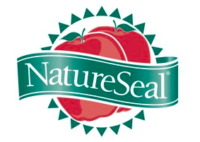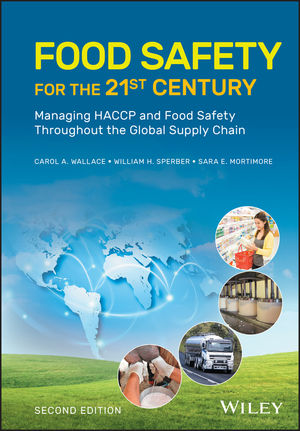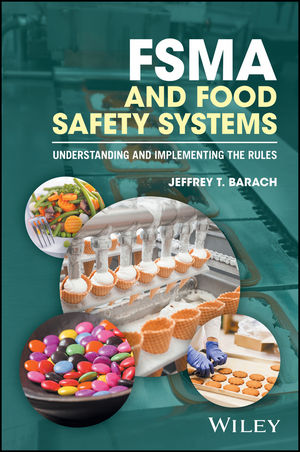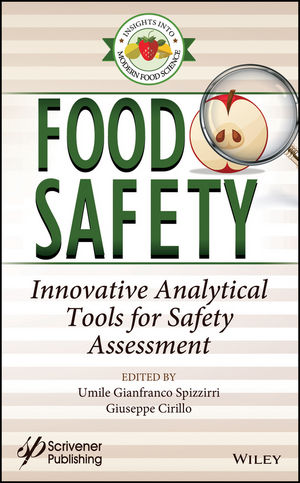Employees FIRST: Food Defense Awareness for the Front Line

The spotlight sometimes shines upon the threat of terrorism against the food supply. The country’s awareness and outrage is raised a notch every time there is an incident, such as the recent intentional tainting of infant formula in China, where six children died and hundreds of thousands were sickened. Although this incident was an intentional act and not terrorism, its repercussions were felt in markets and homes in virtually every country in the world. In the aftermath of September 11, 2001, the word “agroterrorism” (any act of terrorism designed to damage agriculture, especially by destroying crops or introducing pests or diseases) and the term “food defense” have crept into our everyday vocabulary. While food safety efforts concentrate on the unintentional contamination of food, food defense describes activities associated with protecting the nation’s food supply from intentional contamination. The U.S. Food and Drug Administration (FDA) has adopted three broad strategies that bridge its food defense programs:
Prevention – increase awareness in both government and the private sector of where the greatest vulnerabilities exist and develop effective strategies to shield the food supply from intentional contamination
Response – develop the capacity for a rapid, coordinated response to any foodborne terrorist action
Recovery – develop a rapid, coordinated recovery from any foodborne terrorist action
While government can and does provide leadership in prevention and awareness programs, it is private industry that is the front line in food safety and food
defense. From small, independent grocery stores to large food chains to corner diners, the awareness and ability to notify authorities really rests with the firstline managers and employees who work in those facilities.
Retail Oversight
Day to day, about 3,000 state, local, and tribal agencies have primary responsibility for regulating the retail food and foodservice industries in the United States. They are responsible for the inspection and oversight of more than one million food establishments, such as grocery stores and restaurants, cafeterias, and even vending machines.
FDA, through its programs, promotes the application of science-based food safety principles in retail and food-service settings to minimize foodborne illness and has adopted a risk-based approach to determine where food defense resources are best applied. FDA assists regulatory agencies and the industries they regulate by providing a model Food Code, scientifically based guidance, training, program evaluation, and technical assistance.
Increasingly, the lines between “food safety” and “food defense” have become closer, even overlapping. For several years, FDA and other agencies, including the U.S. Department of Agriculture (USDA), the Federal Bureau of Investigation, and the Department of Homeland Security, have worked with private industry and state agencies in the Strategic Partnership Program Agroterrorism (SPPA) Initiative. Under that initiative, industry and state volunteers conduct vulnerability assessments and simulation exercises among the federal, state, and local officials who would work together should there be a deliberate attack on the food supply. Through these kinds of activities, industry and government find out what works and what doesn’t, and continually revise and improve existing action plans and procedures to make them more effective.
FDA considers it critical that food safety and food defense be integrated to ensure the most efficient use of resources and respond most efficiently to any kind of emergency or important public health issue. FDA has been listening to industry as it develops these programs, because if the programs aren’t easy to understand and use, the front-line “eyes and ears” won’t use them.
Regulatory Guidance
In 2003, FDA published Food Security Guidance documents that were designed for specific segments of the food industry. After sharing these documents with industry, FDA understood that the message wasn’t actually connecting with the people who needed to heed it most: the managers and employees. FDA developed a shorter, more user-friendly way to deliver the food defense message. It was called ALERT, and key information was transferred to a wallet-size card that could be easily distributed.
The ALERT message provides food defense information that can be used at any point in the food supply chain. It was launched in a partnership with the Centers for Disease Control and Prevention (CDC), USDA, and state and local organizations. ALERT provides a starting point for businesses to develop continuous improvement programs for food safety and food defense and gives management five areas to think about in developing such programs:
A – How do you Assure supplies and ingredients are safe and secure?
L – How do you Look after the security of the products and ingredients in your facility?
E – What do you know about your Employees and people coming in and out of your facility?
R – Could you Report on the security of your products while they are under your control?
T – What do you do and who do you notify if you have a Threat or an issue at your facility?
The success of ALERT led to discussions between private industry and government regarding the need to directly involve not just management and business owners, but all employees, in food defense efforts. In 2007, USDA, CDC, representatives of state and local public health organizations, and industry associations weighed in on the content of what has become the second phase of the ALERT program: Employees FIRST.
FDA found that while employees were aware of food safety rules, food defense awareness was not as high. The program is designed for anyone who handles food, steps onto the production floor while food is being processed, or is involved in making a food product. As with the ALERT Initiative, FIRST provides simple instructions for employees to incorporate into their daily duties, complementing their food safety knowledge and practices:
F – Follow your company’s food defense plan and procedures
I – Inspect your work area and surrounding areas
R – Recognize anything out of the ordinary
S – Secure all ingredients, supplies and finished product
T – Tell management if you notice anything unusual or suspicious
FDA heard from employers that the materials being developed for food defense awareness should be easy to understand and concise to hold the employees’ attention and increase retention. As a result, the Employees FIRST tool kit includes an entertaining, 12-minute DVD and a 4-color poster that can be displayed in employee work areas to reinforce the messages.
In the first two weeks of the program’s rollout, FDA received more than 1,300 requests for the materials. FDA continues to hear from industry on needed refinements to the program and has discovered there is a greater need than originally thought to refine the program for small to medium-size businesses. One of the areas of interest was a guidance document to help them develop a food defense plan customized for them—a blueprint for businesses that may not have the time or resources to develop a plan on their own. Work on that project is currently under way.
After rolling out the original English and Spanish versions, FDA also received many requests for the information in even more languages. In late 2009, FDAexpects to have the Employees FIRST program available in Chinese, Korean, Japanese, and French. Also in 2009, FDA expects to provide materials at several large conferences and will continue to utilize FDA field staff to accomplish outreach and awareness for food defense in communities all over the country.
In today’s global economy, awareness and preparedness in the area of food defense is more crucial than ever. The responsibility for protecting our food supply against intentional contamination is everyone’s. Being aware of the threat and, more importantly, knowing how to react if a threat becomes reality will make the difference between prevention and catastrophe.
FDA continues to work with its state, local, tribal, and industry partners to help refine and reinforce food defense messages and to develop additional measures to communicate with managers and employees who handle food at any point from the farm to the dinner table. The Employees FIRST Initiative will continue to respond to the changing needs of those whose “eyes and ears” are the true front line of food defense in our country every day.
Sue Challis is a member of the Education Team at FDA’s Center for Food Safety and Applied Nutrition (CFSAN) in College Park, MD.
Marion Allen is a Consumer Safety Officer with CFSAN’s Office of Food Defense, Communication and Emergency Response, and a member of the Food Defense Oversight Team.
Looking for a reprint of this article?
From high-res PDFs to custom plaques, order your copy today!








